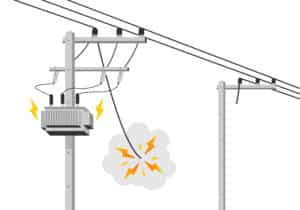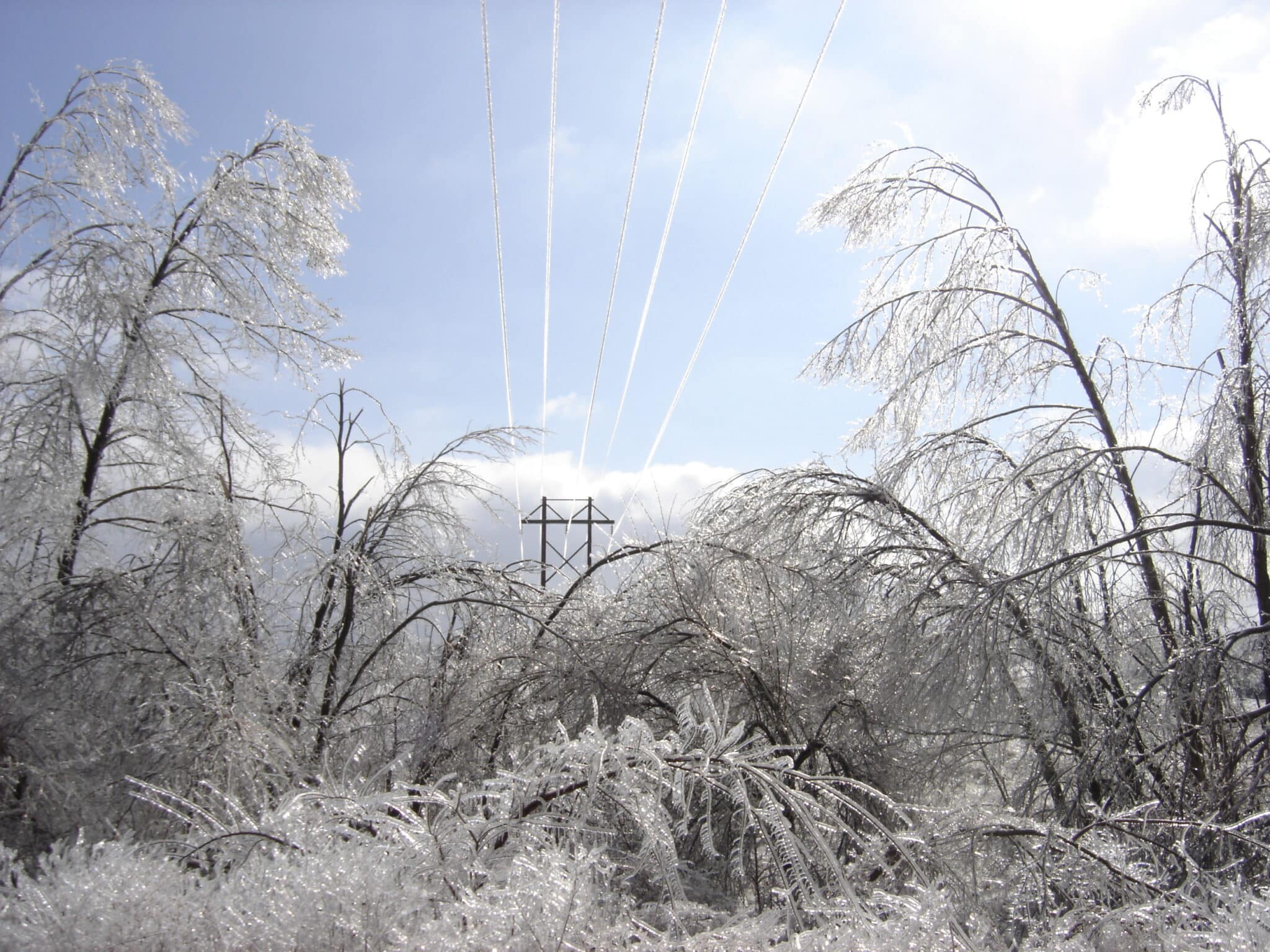A power grid, also known as an electrical grid or electric power system, is a network of interconnected power generators, transmission lines, transformers, and distribution lines that deliver electricity from power plants to homes, businesses, and other end-users. The power grid is a complex system that includes different types of power plants, such as fossil fuel, nuclear, hydroelectric, wind, and solar, as well as a variety of equipment that ensures the safe and efficient delivery of electricity.
The power grid is designed to deliver electricity at a consistent voltage and frequency, and to balance supply and demand in real-time. This is achieved through a combination of power generation, transmission, and distribution infrastructure, as well as sophisticated control and monitoring systems that help grid operators manage the flow of electricity across the network. The power grid plays a critical role in modern society, providing the energy needed to power homes, businesses, hospitals, and other essential services.
How are power grids monitored?
Power grids are traditionally monitored using a combination of human operators and automated systems. The monitoring and control of the power grid is typically centralized at a control center, which may be operated by a utility or a regional transmission organization.
At the control center, operators use specialized software to monitor the flow of electricity across the power grid and to respond to changes in supply and demand in real-time. They also monitor the status of power generation equipment, transmission lines, and distribution systems to identify and respond to issues as they arise.
In addition to the human operators, power grids are also monitored by a variety of automated systems. These may include sensors and monitoring equipment that provide real-time data on the status of the grid, such as voltage levels, current flows, and equipment temperature. Advanced software systems can use this data to predict and prevent problems before they occur, allowing operators to take proactive measures to maintain the stability and reliability of the power grid.
Overall, the monitoring of power grids is a complex and continuous process that requires the coordination of human operators and advanced technology to ensure the safe and reliable delivery of electricity to end-users.
Safegrid utilises latest technology
Safegrids IGS is a type of advanced monitoring system that uses advanced technology to improve the monitoring and protection of power grids. It is designed to provide real-time situational awareness of power grid conditions and to help operators identify and respond to potential problems before they lead to outages or other disruptions.
One of the key features of Safegrids IGS is its use of machine learning and artificial intelligence algorithms to analyze large amounts of data from power grid sensors and other monitoring equipment. These algorithms can detect anomalies and patterns in the data that may indicate potential issues, and can alert operators to take corrective action.
Predictive analysis means fewer surprises

Another important feature of Safegrids IGS is its ability to provide predictive analytics. By analyzing historical data and current conditions, the system can identify potential problems before they occur and provide recommendations for preventive maintenance or other measures to avoid outages.
Safegrids IGS also includes a range of visualization and reporting tools that help operators understand the current state of the power grid and identify trends or patterns that may indicate potential problems. This can help operators make more informed decisions and respond more quickly to issues as they arise.
Overall, Safegrids IGS is designed to improve the efficiency and effectiveness of power grid monitoring, and to enhance the overall reliability and resilience of power grids. By providing real-time situational awareness, predictive analytics, and advanced visualization and reporting tools, the system can help operators manage the complex and dynamic nature of power grid operations more effectively.
Reduce costs with Safegrids IGS
Safegrids IGS can reduce the costs of utilities in several ways:
- Preventing outages: By providing real-time monitoring and predictive analytics, Safegrids IGS can help utilities prevent power outages and other disruptions. This can help reduce the costs associated with repairs, compensation to customers for lost power, and other related expenses.
- Reducing maintenance costs: By identifying potential problems before they occur, Safegrids IGS can help utilities optimize their maintenance schedules and reduce unnecessary maintenance costs. This can help extend the life of power grid equipment, reduce downtime, and lower overall maintenance expenses.
Enhancing asset management: By providing detailed information on the performance and health of power grid equipment, Safegrids IGS can help utilities manage their assets more effectively. This can help utilities make more informed decisions about equipment replacement, repair, and maintenance, and can help optimize the use of existing assets.

